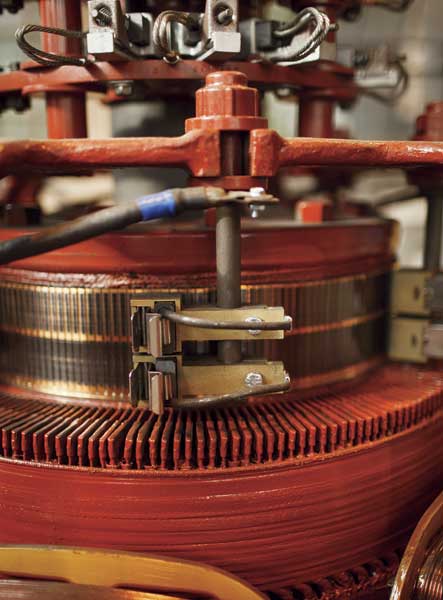In this episode of Gardening with Farmer Tracie, Tracie shows you how to properly take care of your tomato plants. Read more tomato tips. Learn more about Tracie. Watch more Gardening with Farmer Tracie videos
plants
Farmer Tracie’s Weeding Tips
In this episode of Gardening with Farmer Tracie, Tracie shows you how to weed your garden. Find out which methods works best for your plants. Video Series: Gardening with Farmer Tracie Article: Organic Farmer Tracie Smith
A garden cloche is essentially a scaled-down greenhouse used to protect young plants against the elements. First designed and used in the 17th century, cloches are still in use today. Using an outdoor garden cloche throughout the spring is an effective way to protect small plants from unpredictable weather while getting a jump-start on the […]
If you burn hardwood in your fireplace, save the ashes to spread around plants in spring to aid growth and flowering. When you sprinkle wood ashes around berries and fruit trees, to potash in them enhances the sweetness of the fruit.
Soak clay pots in water for 2 to 3 hours before using them to repot plants. Otherwise, when you water your newly potted plants, the pots are likely to absorb the water.
The deeper the soil, the deeper the roots will go, allowing plants to take in more water and nutrients on their own. So, when using a tiller or plow, turn over a good 10 to 12 inches of soil.
If you’d like to avoid a lot of stooping when fertilizing your plants, pour the fertilizer down a length of pipe to the base of the plant, where it will do the most good.
Fresh grass clippings make excellent garden mulch. Spread the clippings so they’re about 1 inch thick, but don’t bunch them too heavily around young plants, as the grass can burn tender stalks.
The potassium in wood ashes encourages strong stems in plants, and the phosphorus encourages root growth. Spread over root crops such as carrots and beets, wood ashes discourage root maggots. Spread over vegetables, they deter slugs.
The world’s best home air fresheners might be green plants. One study done by NASA found that one plant for about every 100 square feet of floor space can remove up to 87 percent of toxic organic pollutants such as benzene and formaldehyde. Plants produce oxygen, too.
Bob King stands at the headworks of an old, 18-foot-high hemlock-and-stone crib dam spanning the Westfield River between Agawam and West Springfield, Massachusetts. It’s mid-April 2012, in the midst of what has been a historically warm spring following an unnaturally dry winter, and the only water coming over the dam shoots through two open sluiceways […]
Get an Energy Audit “This is the very first step. It doesn’t cost that much in the grand scheme of things–some states offer them for free–and it will pay back in four or five years. Think about a crack under your door that’s two millimeters wide and a meter long. If you calculate the area, […]






